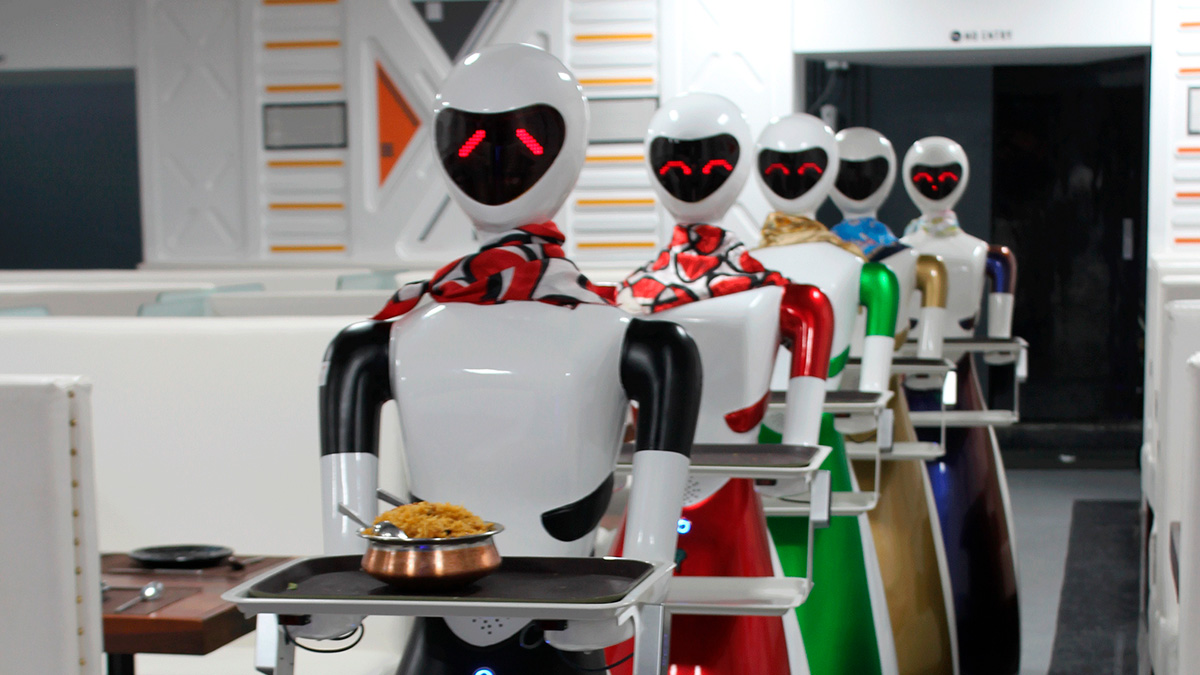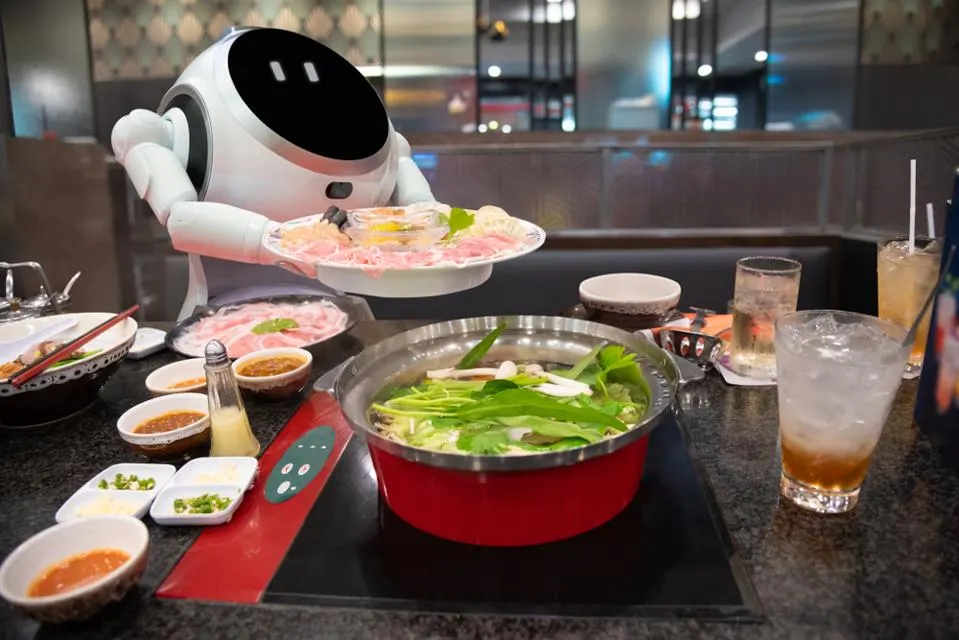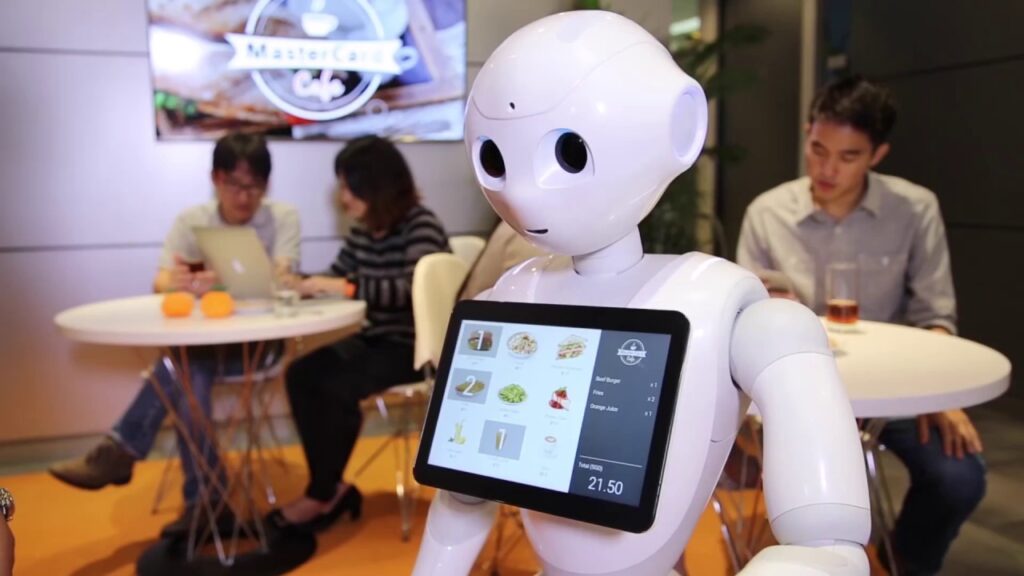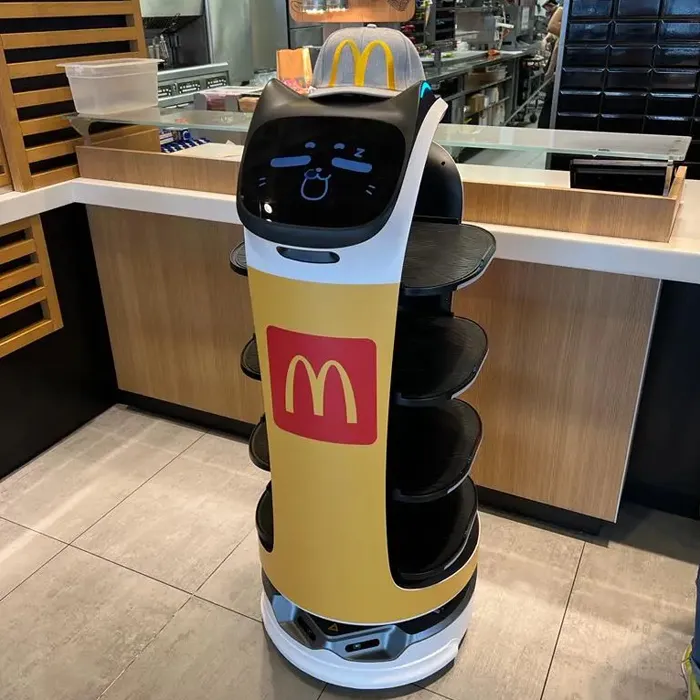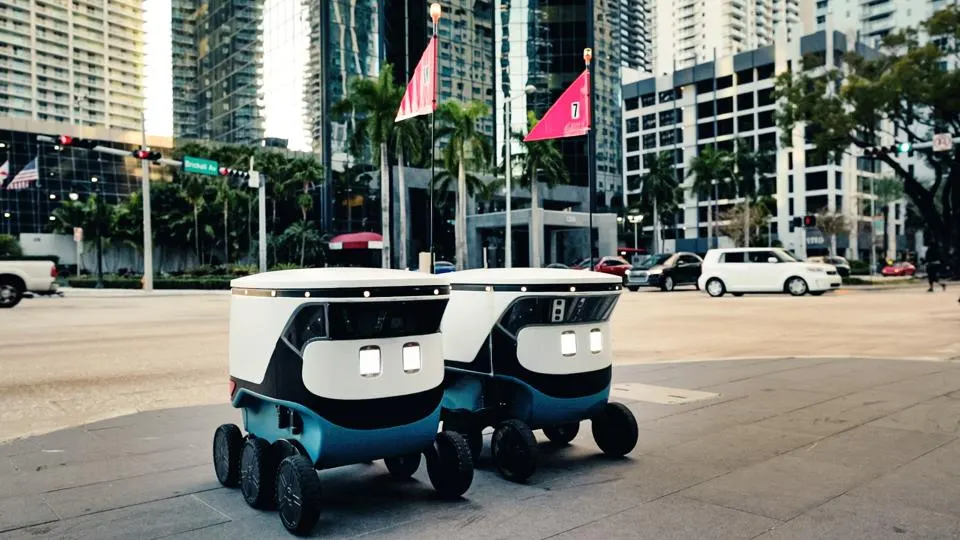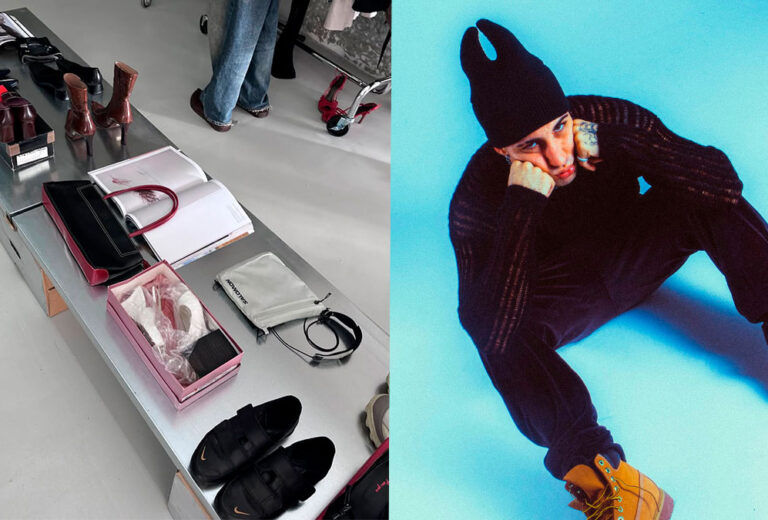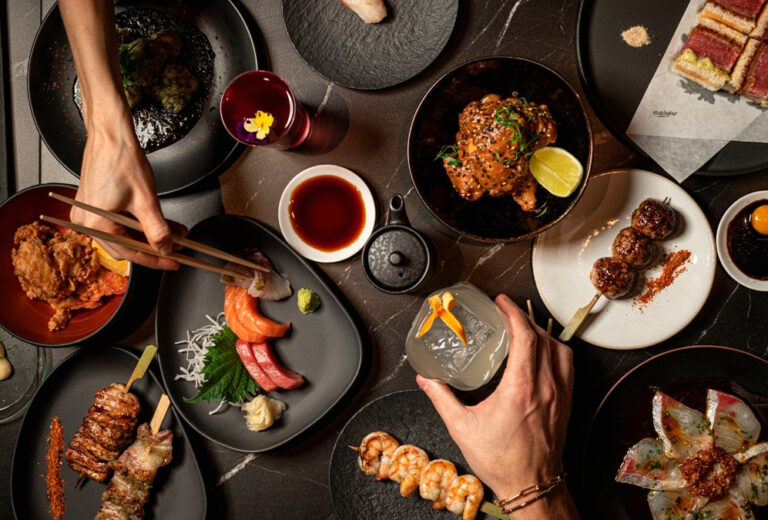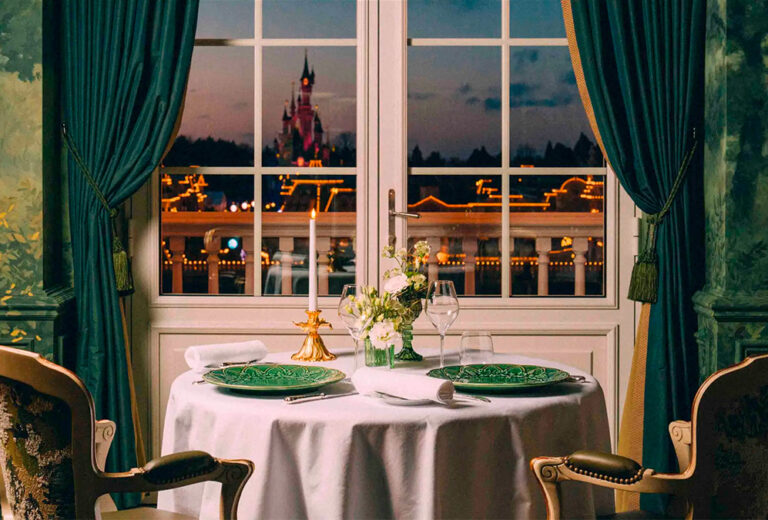Click here to read the Spanish version.
The future has arrived in restaurants with algorithmic systems and a cast of robots that can serve dystopia or utopia, depending on the performer, the entrepreneur or the diner.
You may have seen them in restaurants: robots created with artificial intelligence no longer just occupy large industries, but are diversifying into countless gastronomic spaces where they accompany customers to their tables, prepare, deliver and serve food and drink in order to ‘improve the consumer experience’.
The future of catering
Polarisation divides this paradigm in which robot servers could be the solution to the sector’s labour shortage in an often chaotic environment where it is very difficult to insert automation in a way that is truly productive.
However, robots are proliferating, especially in locations such as Asia where public acceptance of robotic servers is very high. For example, Pizza Hut already has robot servers in more than 1,000 restaurants in China.
Meanwhile, Pudu Robotics, the intelligent delivery robot company based in Shenzhen, China, has already deployed more than 56,000 robots worldwide. An innovative technological breakthrough that opens a new era for the catering industry, with the same advantages as risks for both employers and workers whose jobs may be ‘threatened’.
In this same scenario, although the United States has been slower to implement robotics in its restaurants, there are some chains such as Chick-fil-A that are testing this algorithmic system in several of their premises, based on the discourse that robots ‘offer more time for employees to serve drinks, clean tables and greet customers’.
From frying wings to delivering food: robots are opening up a revolutionary paradigm that is being explored, above all, by fast food chains such as Chili’s, testing the services they offer: reception, table service and food delivery. However, healthy food restaurants are also competing in this futuristic game, as is the case of Sweetgreen, which has installed a cast of robot chefs with built-in tubes that dispense ingredients to prepare salads.
The proliferation of robots
Robots are also dominating at Chipotle, where they are being trained to make bowls and salads, fry tortillas and mix guacamole. Their robots can prepare up to 500 bowls every hour, fulfilling up to 65% of their digital orders. Work at a frenetic pace that their small groups of human employees could never match.
Other well-known chains such as McDonald’s or White Castle have robot chefs to fry, dispense or mix, projecting the global rise of robotic labour that, beyond sparking controversy, sends a collective message: people working in restaurants could soon be replaced by a machine.
In this sense, robots are designed to serve customers more quickly and efficiently, measure ingredients more accurately and reduce waiting time. In addition, they are demonstrating their special skills for deliveries in restaurants or grocery shops, as we have already seen with Amazon or UberEats, deployed in many university campuses with much more ‘humanised’ aspects than the rest of the robots that usually look like animals or androids.
In this sense, despite this conception of the robot as a symbol of progress and innovation in establishments, the automation of these still requires much further development, while confronted with the human value of experience, and the need for that ‘support’ from real workers which shows that its replacement is far from complete.

